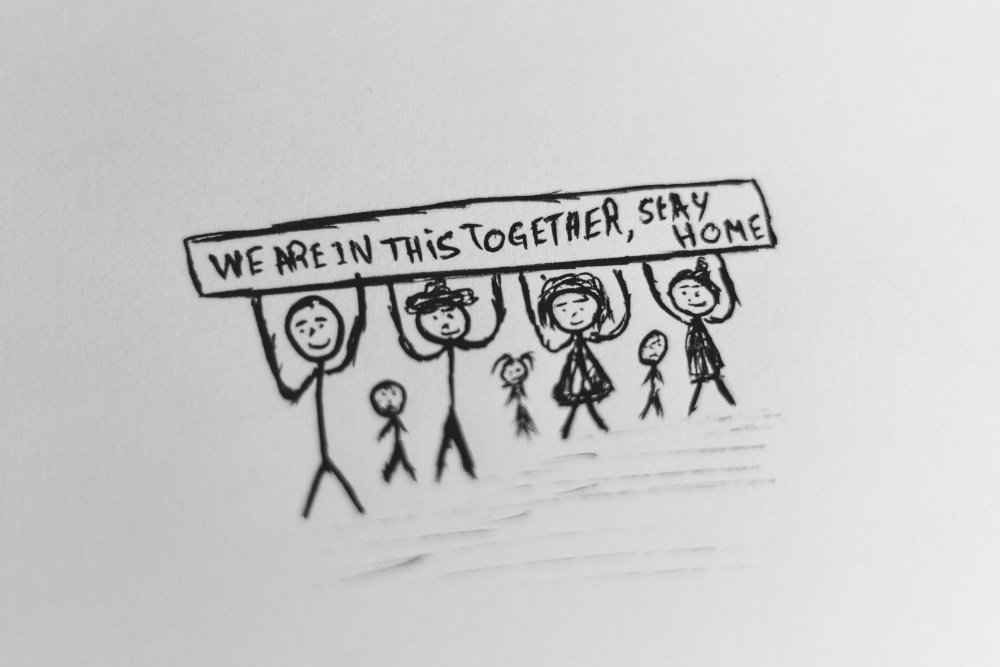Slightly off-topic for me, but something I feel compelled to share. I’ve experienced this firsthand in a large enterprise, and after speaking with many others who’ve gone through the same, I believe it’s time to talk about it openly. It’s not about process or tooling, it’s about people, and what happens when the workplace becomes unsafe. This post is about why humanity at work matters more than we often admit.
Systems Should Protect People, Not Undermine Them
Every workplace is a system. And when those systems are designed without empathy, they create space for dysfunction. I’ve experienced it myself, particularly through gaslighting. Gaslighting at work isn’t always obvious. It might be the leader who subtly rewrites events, the colleague who makes you question your memory, or the culture that invalidates your instincts. It’s corrosive. Over time, it erodes your confidence, your voice, and even your sense of reality.
What makes this worse is when organisations treat these behaviours as “personality clashes” or brush them aside as misunderstandings. But gaslighting is a form of manipulation. It thrives in ambiguity and can leave long-term emotional damage.
The Need for Psychological Safety
If people don’t feel safe to speak up, question decisions, or admit mistakes, you’ll never see their best work. Worse, you’ll start to lose them, either emotionally or literally. I’ve seen talented, principled people walk away from roles not because of workload or salary, but because they couldn’t survive the culture.
Creating psychological safety doesn’t mean coddling. It means designing systems that assume people want to do their best, and giving them the conditions to do so. That includes clear accountability, fair processes, and leaders who genuinely listen.
Don’t Design for Dysfunction
I’ve worked in organisations where the entire structure seemed built around preventing bad behaviour. Every process was a control, every role a gatekeeper. But in doing that, the system also punished the good people. It slowed down delivery, crushed initiative, and created mistrust.
Instead of designing to catch the worst-case scenario, we should design for the majority of people who are trying to contribute. When dysfunction arises, address it as an individual matter, not a system wide assumption.
Your People Are Not Resources
We talk about headcount and FTEs (these were standard lines where I worked) as if people are units of output. But knowledge work doesn’t work that way. If you treat people like replaceable components, don’t be surprised when the work they produce lacks care, context, or innovation.
Humanity at work means seeing people as whole individuals, with experiences, insights, and emotions that affect their performance. It means building environments where they feel safe to challenge, to express, and to grow.
Culture Is the Real Delivery Engine
You can have the best tools, the slickest processes, and world class reporting but if the culture is broken, you won’t get consistent results. Culture isn’t the vibe in the office or the number of team lunches. It’s how people behave when nobody’s watching. It’s whether someone feels safe enough to say, “I don’t know how to do this,” or “That doesn’t feel right.”
Culture doesn’t just shape how people behave. It shapes what they believe is possible.
🔗 Further Information.

This really hit home. I spent two years in a leadership role at a large enterprise where gaslighting was brushed off as just strong personalities and performance management felt more like survival training. I started questioning my instincts and second guessing decisions I’d made with full context just days before. I think you spot on the damage creeps in gradually
What helped me ws quietly documenting things & seeking external validation from mentors, and learning to detach my self-worth from the chaos. I wish more people spoke about this openly like you have. If nothing else, it helps others realise they’re not the problem and the system might be.